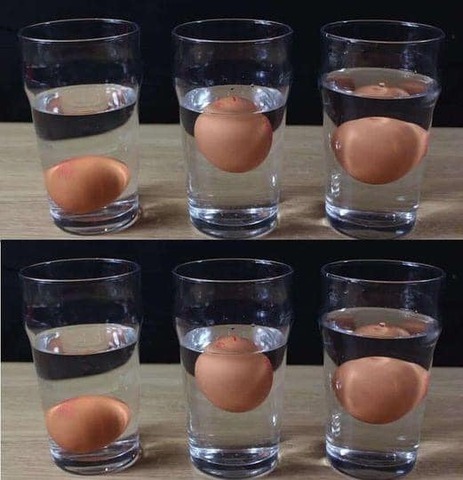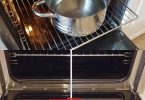Eggs are a staple in many households, cherished for their versatility and nutritional value. However, knowing whether an egg is fresh or spoiled is crucial for both taste and safety. Consuming a spoiled egg can lead to foodborne illnesses, making it essential to know how to test their freshness. Here are several reliable methods to determine if an egg is fresh or spoiled.
The Float Test
The float test is a classic and easy way to determine an egg’s freshness:
Fill a Bowl with Water: Use a deep bowl or glass and fill it with cold water.
Place the Egg in the Water: Gently place the egg in the water and observe its behavior.
Fresh Egg: Sinks to the bottom and lays flat on its side.
Slightly Older Egg: Sinks but stands upright or tilts.
Spoiled Egg: Floats to the surface.
Why It Works:
Eggshells are porous, allowing air to enter over time. Fresh eggs have less air inside, making them denser and causing them to sink. As eggs age, more air enters, increasing buoyancy and making them float.
The Sniff Test
Your nose can be a good judge of an egg’s condition:
Crack the Egg Open: Crack the egg into a clean bowl.
Smell It: Fresh eggs have a neutral odor, while spoiled eggs emit a distinctly unpleasant, sulfur-like smell.
Note:
Always wash your hands and the surrounding area thoroughly after handling raw eggs to prevent contamination.
The Shake Test
The shake test is another quick method:
Hold the Egg Near Your Ear: Gently shake the egg.
Fresh Egg: Little to no movement or sound inside.
Spoiled Egg: Sloshing sound, indicating a watery interior.
Why It Works:
As eggs age, the yolk and white break down, becoming more liquid and less cohesive, leading to the sloshing sound.
Please Head On keep on Reading (>) for the FULL ARTICLE:
ADVERTISEMENT







